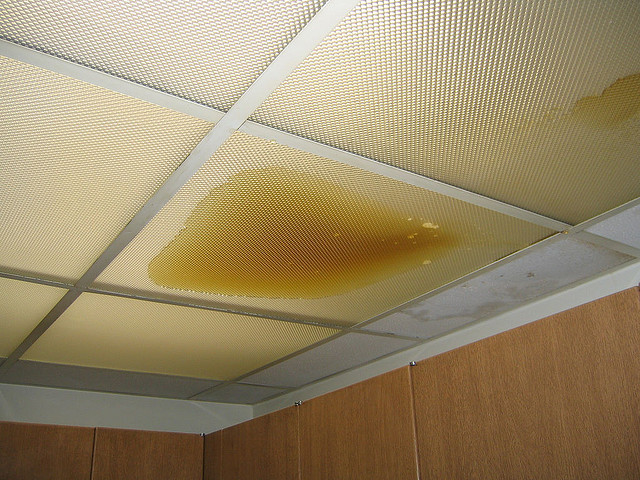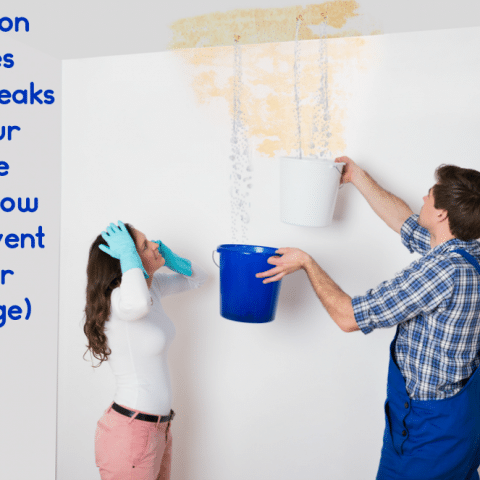Exactly how to Examine If Your Home Has a Concealed Leakage
Exactly how to Examine If Your Home Has a Concealed Leakage
Blog Article
Right here down the page you can locate a bunch of good quality insights in regards to Locating water leaks.

Early detection of leaking water lines can alleviate a potential calamity. Some small water leaks might not be visible.
1. Take A Look At the Water Meter
Every house has a water meter. Checking it is a guaranteed manner in which assists you find leaks. For starters, switch off all the water resources. Ensure no one will purge, make use of the faucet, shower, run the cleaning device or dishwashing machine. From there, go to the meter and also watch if it will certainly change. Because no one is using it, there ought to be no motions. That indicates a fast-moving leak if it moves. If you identify no adjustments, wait a hr or two and also examine back once again. This means you may have a slow leakage that could even be underground.
2. Examine Water Usage
Evaluate your water expenses and track your water usage. As the one paying it, you ought to notice if there are any disparities. If you identify sudden changes, in spite of your usage coinciding, it implies that you have leakages in your plumbing system. Keep in mind, your water expense need to fall under the same array monthly. An unexpected spike in your expense indicates a fast-moving leak.
On the other hand, a consistent rise on a monthly basis, despite having the very same habits, shows you have a slow leakage that's likewise gradually intensifying. Call a plumber to completely check your property, particularly if you really feel a warm location on your floor with piping beneath.
3. Do a Food Coloring Test
When it comes to water consumption, 30% comes from commodes. If the color in some way infiltrates your dish during that time without flushing, there's a leakage in between the storage tank as well as bowl.
4. Asses Outside Lines
Don't neglect to examine your outside water lines too. Ought to water seep out of the link, you have a loose rubber gasket. One little leakage can squander lots of water and also increase your water costs.
5. Assess the circumstance and also evaluate
Home owners need to make it a routine to check under the sink counters and even inside cabinets for any kind of bad odor or mold and mildew growth. These 2 red flags show a leakage so timely attention is needed. Doing routine inspections, also bi-annually, can conserve you from a major problem.
Inspect for discolorations and deteriorating as many home appliances as well as pipes have a life expectations. If you believe leaking water lines in your plumbing system, don't wait for it to intensify.
Early detection of leaking water lines can reduce a potential calamity. Some tiny water leakages may not be noticeable. Checking it is a proven way that aids you uncover leaks. One small leakage can lose heaps of water as well as increase your water costs.
If you believe leaking water lines in your plumbing system, don't wait for it to intensify.
WARNING SIGNS OF WATER LEAKAGE BEHIND THE WALL
PERSISTENT MUSTY ODORS
As water slowly drips from a leaky pipe inside the wall, flooring and sheetrock stay damp and develop an odor similar to wet cardboard. It generates a musty smell that can help you find hidden leaks.
MOLD IN UNUSUAL AREAS
Mold usually grows in wet areas like kitchens, baths and laundry rooms. If you spot the stuff on walls or baseboards in other rooms of the house, it’s a good indicator of undetected water leaks.
STAINS THAT GROW
When mold thrives around a leaky pipe, it sometimes takes hold on the inside surface of the affected wall. A growing stain on otherwise clean sheetrock is often your sign of a hidden plumbing problem.
PEELING OR BUBBLING WALLPAPER / PAINT
This clue is easy to miss in rooms that don’t get much use. When you see wallpaper separating along seams or paint bubbling or flaking off the wall, blame sheetrock that stays wet because of an undetected leak.
BUCKLED CEILINGS AND STAINED FLOORS
If ceilings or floors in bathrooms, kitchens or laundry areas develop structural problems, don’t rule out constant damp inside the walls. Wet sheetrock can affect adjacent framing, flooring and ceilings.
https://www.servicemasterbyzaba.com/blog/how-to-detect-water-leakage-in-walls/

I recently found that blog post about Locating water leaks while scouting around the web. Feel free to take the opportunity to promote this blog post if you appreciated it. I thank you for reading our article about Finding hidden leaks.
Report this page